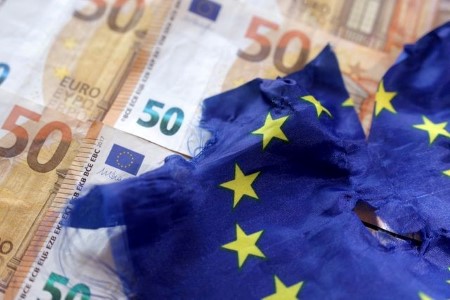




Policy Rate Updates: Double cut finale
 DOWNLOAD
DOWNLOAD

Monthly Economic Update: One for the road
 DOWNLOAD
DOWNLOAD

Inflation Update: Still low, still slow
 DOWNLOAD
DOWNLOAD


Euro zone government bond yields fall, spreads tighten, after ECB

LONDON, Oct 27 (Reuters) – Euro zone government bond yields fell on Thursday after European Central Bank (ECB) statements led markets to bet on a potential slowdown of its monetary tightening path.
The ECB raised rates by an expected 75 basis points (bps), and further rises are almost certain as unwinding a decade’s worth of stimulus will take it well into next year and beyond.
However, while inflation is close to 10%, versus the central bank’s target of 2%, the euro zone economy faces an increased risk of recession.
“ECB statements suggest that they might slow down the monetary tightening,” Massimiliano Maxia, senior fixed income specialist at Allianz Global Investors, said.
“They didn’t mention quantitative tightening measures, and they said they will take decisions meeting by meeting, depending on economic data,” he added.
Some economists expect the bloc’s economy to enter a recession and inflation to peak early next year.
Yields on the benchmark German 10-year Bund were last down 11 bps at 2%.
“Mainly the commitment to the reinvestments to the end of 2024 and the omission of starting talking about QT helped rates markets to find a solid footing,” Kaspar Hense, senior portfolio manager at BlueBay, said.
Italy’s 10-year yield fell 21 bps to 4.12%, with the spread between Italian and German 10-year yields hitting its tightest since mid-August at 207 bps.
Heavily indebted peripheral countries will benefit most from softening expectations for the ECB’s tightening path.
The market outlook on rates declined too, with the peak still at the end of next year.
The November 2023 forward on the ECB euro short-term rate (ESTR) dropped to around 2.55% from 2.9% before the central bank’s statements.
The ECB said the interest rate on TLTRO operations would be indexed to the average applicable key ECB interest rates, which will encourage early repayment of the loans, reducing excess liquidity and collateral shortage.
“Over time, this (TLTRO changes) could turn into a rate increase through the backdoor by lifting the money market rate from the deposit rate (now 1.5%) towards the main refinancing rate (now 2%),” said Holger Schmieding, economist at Berenberg.
The German two-year swap spread, which measures the difference between the bond yield and the fixed leg of a two-year interest rate swap that investors pay to hedge against rising rates in exchange for floating-rate payments, widened to 88.5 bps after hitting 83 bps – the smallest gap since mid-August.
But it is still up around 55 bps this year, highlighting the shortage of available collateral. It recently touched its widest since the euro zone debt crisis.
(Editing by Andrew Heavens)
This article originally appeared on reuters.com





 By Reuters
By Reuters